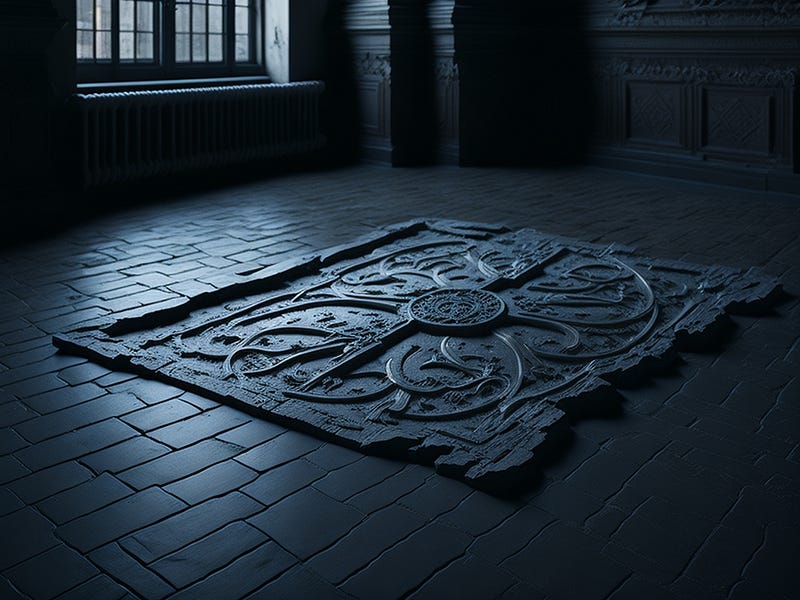Unearthing Malta’s Roman Legacy: A 2,000-Year Exploration
Written on
Chapter 1: Malta's Archaeological Discoveries
Researchers are active in Malta throughout the year, and their latest discoveries are shedding new light on the island’s rich history, which continues to attract tourists. What insights have emerged from the recently unearthed site?

The strategic location of Malta made it a pivotal military and trading hub during the Roman Empire. It was a base for controlling the Mediterranean, especially the trade routes connecting Italy and North Africa. Consequently, traces from the Roman era are still being uncovered on the island.
Section 1.1: Recent Archaeological Findings
An international team of archaeologists has made a significant discovery in Malta, revealing remnants of a residence dating back 2,000 years near the town of Rabat, close to Domvs Romana. These ruins, originally identified in 1881, date back to the 1st century BCE to the 2nd century CE. This find enhances our understanding of the urban layout, spatial organization, and living conditions of that time, while the preserved waste disposal system nearby stands out as a particularly important historical resource.
Subsection 1.1.1: Insights from Artifacts
Among the artifacts discovered, one ceramic piece features the engraved letters “DAOI.” Archaeologists suggest these letters could represent a name, possibly that of the house's owner or resident. The newly uncovered Roman structure, akin to Domvs Romana, was situated in the ancient city of Melite, which today encompasses the towns of Rabat and Mdina. The latter town gained fame among "Game of Thrones" fans for being a filming location.
This discovery holds potential for further revelations, as the research team plans to return next summer to continue investigating the site, particularly the refuse found there. The aim is to gain deeper insights into the identity and daily life of the building’s former inhabitant.
Section 1.2: The Melite Civitas Romana Project
The ongoing international archaeological efforts are part of the Melite Civitas Romana project, which seeks to unveil the historical narrative of the area surrounding Domvs Romana and its vicinity in Rabat. The initiative also aims to elevate the recognition of Malta's ancient history on the Mediterranean stage.
Chapter 2: Malta's Historical Attractions
Malta boasts a rich and captivating history that visitors can explore through various historical sites. One notable attraction is the 17th-century Xlendi Tower, whose history is intricately linked to the Order of Malta's governance. Restoration efforts on the tower began in 2020, revealing previously hidden wall frescoes beneath layers of paint. Visitors can also discover pottery relics from a Punic shipwreck.
Recently, an underwater archaeological park was established off Gozo's coast, showcasing clusters of intriguing artifacts, primarily amphorae that were common in ancient Greece and Roman times. Experts believe that numerous additional historical remains are yet to be discovered in the marine deposits.
Exploring Valletta's Underground
Delving into Valletta's underground is another compelling way to uncover Malta’s past. The underground spaces date back to the 17th century and have served multiple purposes, including defense, commerce, and religious activities. Experts note that during World War II, approximately 40,000 Maltese residents took shelter in the underground tunnels and crypts.
Dear Readers
I wish to bring attention to a pressing issue impacting content creators like myself on Medium.com. The compensation we receive for our contributions is often minimal, despite the effort we put into creating valuable content. If you appreciate my articles, I invite you to support me on my “Buy Me a Coffee” page. Any contribution, regardless of its size, can motivate me to keep producing engaging and thought-provoking content. Thank you for being a part of this journey!

